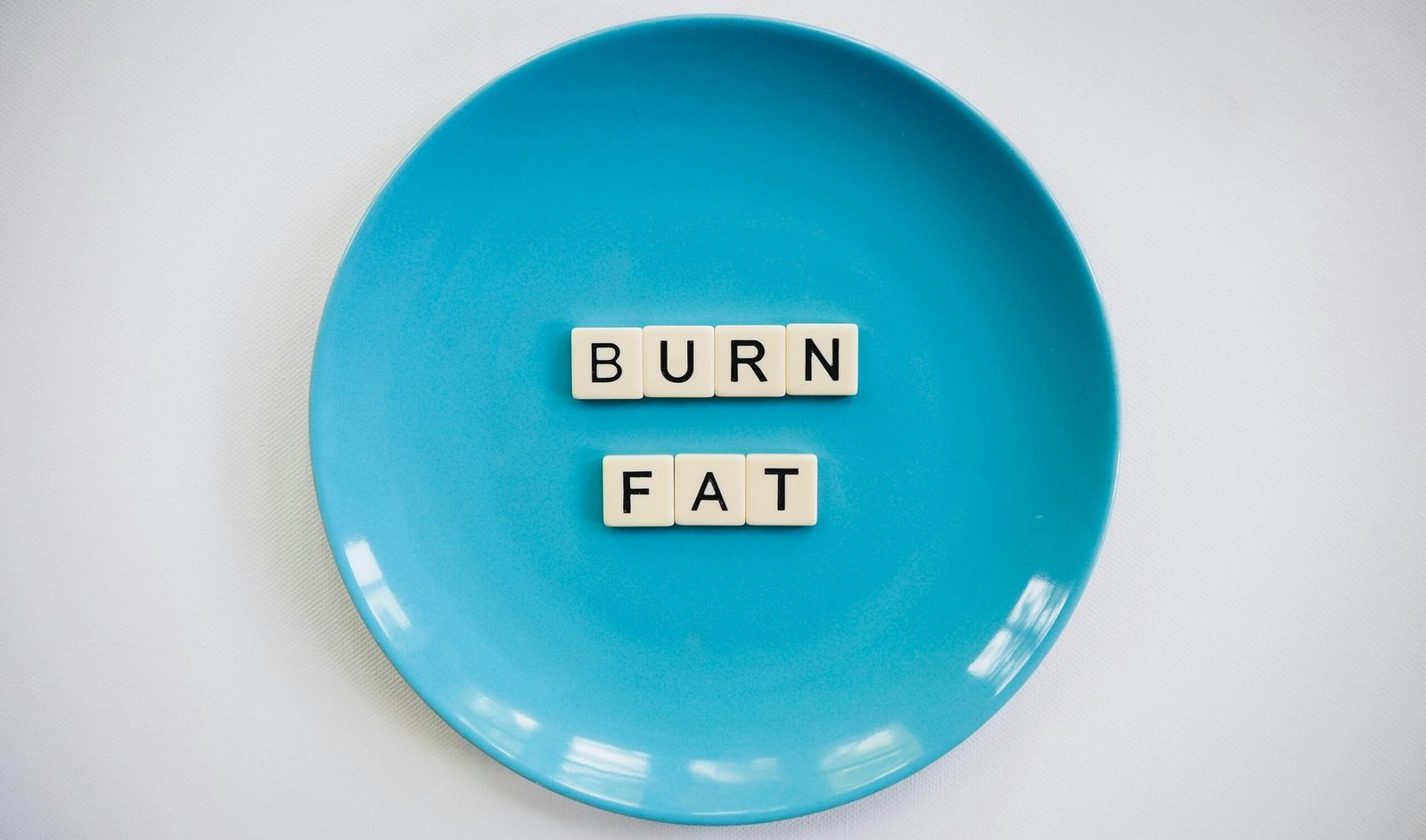Understanding Fat Loss: The Science Behind Fat Burn
Fat burn is a complex physiological process that involves various biochemical mechanisms within the body. To effectively burn fat, it is essential to understand how the body metabolizes fat. When a person consumes food, the body breaks it down into macronutrients: carbohydrates, proteins, and fats. The body primarily uses glucose derived from carbohydrates for energy. However, when glucose levels are low, such as during physical activity or fasting, the body utilises stored fat as an alternative energy source.
A crucial component of fat metabolism is the calorie deficit. To lose weight, an individual must consume fewer calories than they expend. This deficit prompts the body to tap into its fat reserves, reducing body fat over time. However, the effectiveness of this strategy can be influenced by several factors, including the types of food consumed, the individual’s metabolic rate, activity level, and hormonal balance.
The body stores fat in different forms, mainly subcutaneous fat, which lies just beneath the skin, and visceral fat, which surrounds the organs. Each type of fat plays a different role in health and metabolism. For example, visceral fat is associated with higher risks of metabolic diseases. Hormones such as insulin and cortisol significantly influence fat storage and burning. Insulin, which regulates blood sugar levels, promotes fat storage, while elevated cortisol levels, often linked to stress, can lead to increased appetite and fat accumulation.
Another important consideration in the fat loss journey is an individual’s unique body composition and metabolic rate. Each person has a distinct metabolic profile that affects how their body loses or gains weight. Understanding these individual differences can help tailor effective fat-loss strategies that align with personal health goals. A comprehensive approach focusing on nutrition, exercise, and hormonal balance is crucial for sustainable fat loss.
Effective Workouts for Fat Burn: What You Need to Know
Fat burning is crucial to achieving fitness goals and understanding the various types of workouts can enhance your results. A combination of cardiovascular exercises, strength training, and high-intensity interval training (HIIT) is essential for a well-rounded approach to fat loss. Each workout type has unique benefits that contribute to a higher overall metabolic rate, preserve muscle mass, and optimize calorie expenditure.
Cardiovascular exercises, commonly known as cardio, are efficient for increasing heart rate and burning calories. Running, cycling, swimming, and brisk walking are excellent options. These exercises primarily target fat stores and can be particularly effective at moderate to high intensities. The sustained effort required during cardio workouts encourages the body to utilize fat as an energy source, increasing fat oxidation.
On the other hand, strength training focuses on building muscle. Resistance exercises enhance muscle mass and elevate resting metabolic rate, allowing individuals to burn more calories at rest. Lifting weights or resistance bands can significantly reduce fat loss while maintaining lean muscle tissue. Maintaining muscle is vital because it requires more energy to sustain, thus aiding in overall fat burning.
High-intensity interval training (HIIT) combines cardio and strength by alternating between short bursts of intense activity and rest or lower-intensity periods. This method is particularly effective for fat burning, as it maximizes calorie burn in a shorter time frame while supporting muscle preservation. A sample HIIT workout might include a series of sprints followed by active recovery, making it a time-efficient option.
To structure workouts for maximum fat burning, focus on integrating these different workout modalities throughout the week. For instance, aim for 150 minutes of moderate cardio, two to three strength training sessions, and one to two HIIT workouts. This balanced approach will provide the metabolic benefits needed to support effective fat-burning.
Diet Hacks for Effective Fat Loss: Eating Smart
Nutrition plays a pivotal role in any fat loss journey, making it essential to adopt innovative eating strategies. Understanding macronutrients—proteins, carbohydrates, and fats—and micronutrients, such as vitamins and minerals, is crucial for crafting a balanced diet that effectively supports fat loss. Each macronutrient serves a specific purpose; for instance, proteins contribute to muscle repair and growth, carbohydrates provide energy, and healthy fats are vital for hormone regulation. A well-rounded diet ensures the body receives optimal support during calorie deficit periods necessary for fat reduction.
One of the most effective diet hacks is meal prepping. Taking the time to plan and prepare meals ahead of time not only saves time but also helps individuals make healthier choices. When meals are ready and well-portioned, the temptation to resort to unhealthy snacks or takeout diminishes significantly. Additionally, practising mindful eating—paying full attention to the eating experience—encourages individuals to savour their food, leading to better portion control and a stronger connection with dietary choices.
Utilizing food substitutions can also enhance your fat loss efforts. Instead of reaching for calorie-dense items, consider swapping in lower-calorie alternatives. For example, using Greek yoghurt instead of sour cream or zucchini noodles instead of traditional pasta can reduce overall caloric intake without sacrificing flavour. Moreover, avoiding common dietary myths, such as the notion that all fats are bad, is essential. Healthy fats, such as those found in avocados and olive oil, can promote satiety and aid in nutrient absorption, making them beneficial for fat loss.
Lastly, developing sustainable eating habits is key. This involves moderation and flexibility rather than strict restrictions. A balanced approach fosters long-lasting change,s promoting overall well-being and effective weight loss. By integrating these diet hacks, individuals can create a nutritional strategy that enhances their fat-loss journey while improving their overall health.
Combining Tips, Workouts, and Diet: Creating Your Fat Loss Plan
To successfully integrate the various strategies for fat loss, it is essential to develop a cohesive plan that incorporates tips, workouts, and dietary adjustments discussed previously. The first step in creating a fat loss plan is to set realistic and achievable goals. These objectives should be specific, measurable, attainable, relevant, and time-bound (SMART), allowing individuals to track their progress accurately and adjust their strategies as needed. For instance, aiming to lose a certain percentage of body fat within a defined timeframe can provide clear direction.
Once you have established your goals, the next step is determining a workout schedule that aligns with your lifestyle and preferences. Incorporating different types of exercises, such as strength training, cardio, and flexibility workouts, will keep the routine engaging and promote comprehensive fitness. Aim to exercise at least 150 minutes of moderate-intensity aerobic activity weekly, alongside two days of strength training, to maximize fat loss while improving overall health.
A balanced diet is crucial to supporting your fitness regimen. Focus on incorporating whole foods, such as fruits, vegetables, lean proteins, and whole grains, while minimizing processed and sugary items. Tracking your food intake can help identify patterns and areas for improvement, supporting sustainable changes. Remember that hydration is vital to your diet; drinking sufficient water can enhance metabolic processes and support physical performance.
Flexibility is also key in any fat loss plan. Life is unpredictable, and adapting your schedule and strategies to different circumstances will promote longevity in your efforts. Regularly review your progress and be willing to modify your plan so you stay engaged and motivated. Recognizing potential emotional or practical obstacles and having strategies to overcome them will lead to a more successful fat loss journey. This comprehensive approach ensures you remain committed and resilient, making your fat loss endeavours a temporary phase and a sustainable lifestyle change.



